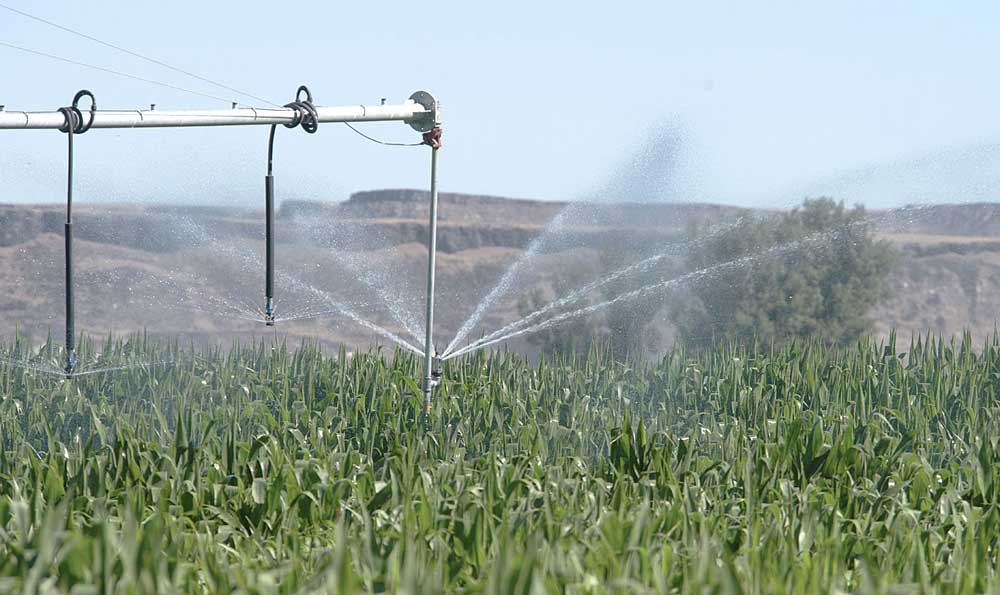Idaho drought likely to linger into new water year
Published 8:15 am Tuesday, August 9, 2022

- The Natural Resources Conservation Service says most of Idaho’s reservoirs will fill this year, and that irrigators will have adequate water supplies.
Much of Idaho likely will remain in some level of drought when the water year ends on Sept. 30.
Erin Whorton, a water supply specialist at the USDA Natural Resources Conservation Service in Boise, said about 68% of the state is drier than normal, and 45% remains in moderate to severe drought.
Some relief came with the wet weather last spring. But the hot, dry summer in much of the state leaves little time to make up ground before the water year ends, she said.
The dry pattern “really doesn’t let us get out of drought until we get into the wetter fall and winter months,” Wharton said.
She said that to end drought by Sept. 30, Idaho needs between 96% and 317% of normal precipitation, depending on the region.
The National Oceanic and Atmospheric Administration’s drought recovery tool pegs the probability of ending drought in the current water year at about 50% in central and northern Idaho, 15% in the state’s southwest and 10-12% in the eastern Upper Snake River region. The Wood and Lost river basins in the east central mountains, and south Snake basins to the south and west, are less likely to recover.
The outlook calls for drought remaining throughout much of Idaho, with some improvement in the southeast along the Utah-Wyoming border area, Whorton said.
“Hopefully, we will have wet weather this coming fall,” she said. “And we need a big snowpack year.”
Upper Snake reservoirs’ system-wide volume as of Aug. 8 was 61% of normal, or about 1 million acre-feet below average, said Jeremy Dalling, U.S. Bureau of Reclamation water management lead for the region.
“We’re better off than we thought we would be but are still well below average,” he said.
Volumes left following the hot, dry 2021 irrigation season were low, as was snowpack for much of the 2021-2022 accumulation season.
Dalling said above-normal spring precipitation improved the situation. So did crop selection, and saving and shifting irrigation water.
“It’s not as bad as it could have been,” he said. “It takes everyone working together to get through dry years like this.”
To the west, reservoir levels on the Boise River system, a Snake River tributary, are higher than 2021 and a little above the historical average, Whorton said.
Bob Carter, who manages the Boise Project Board of Control, said irrigation deliveries could end in mid- to late September, at least a month later than first predicted. Directors are expected to set a shutoff date during their Sept. 7 meeting.
He said many farmers had already changed their crop mixes last spring by the time unusually wet, cold conditions arrived, reducing demand and filling reservoirs.
“Hopefully, we can save some water” following irrigation season, Carter said.
Post-season carryover storage likely will be higher than last year, he said.






